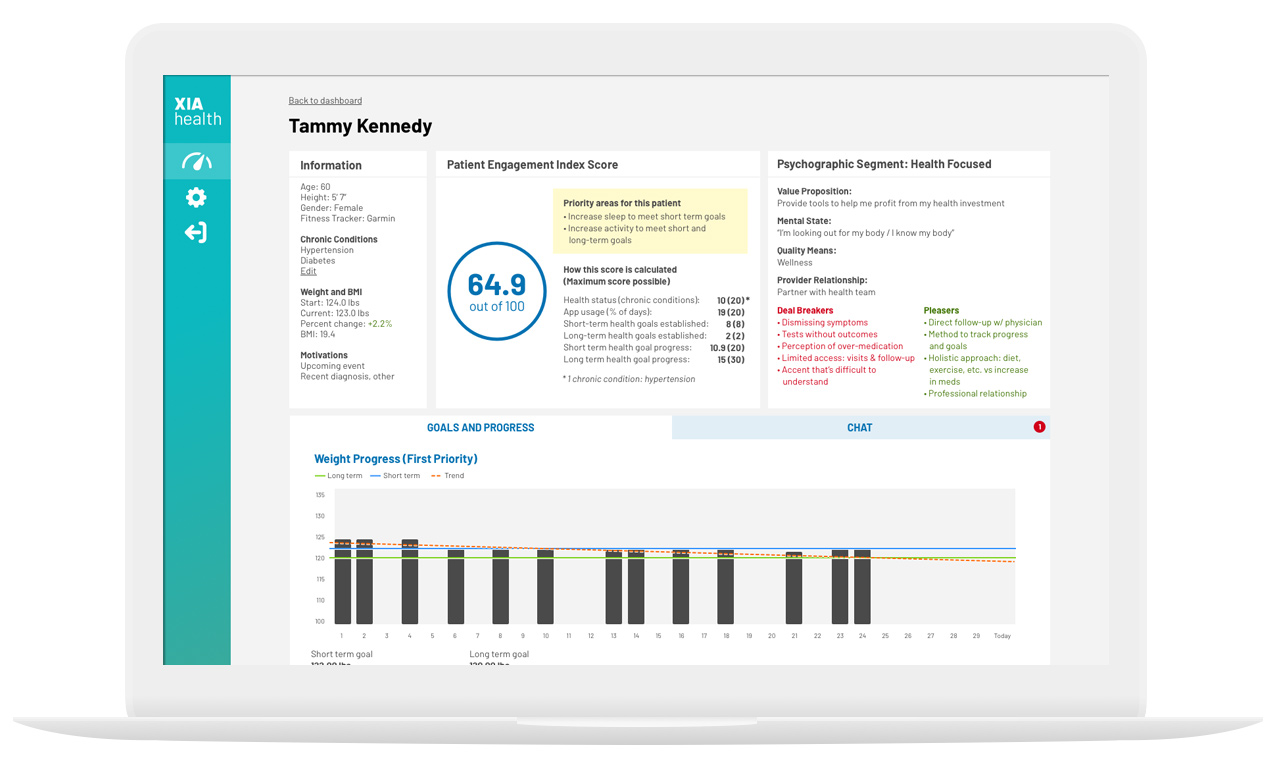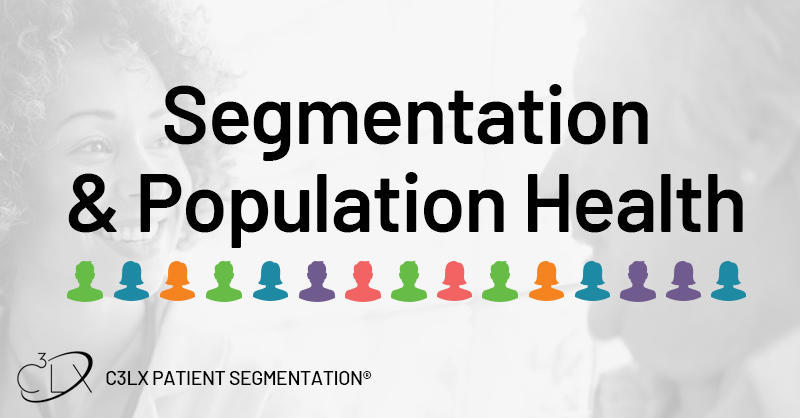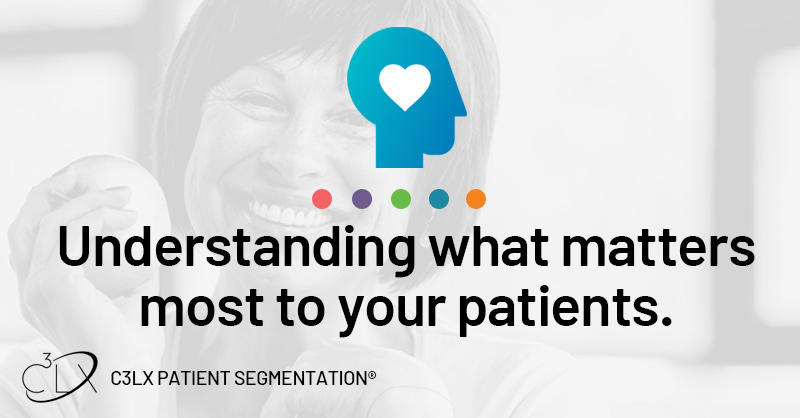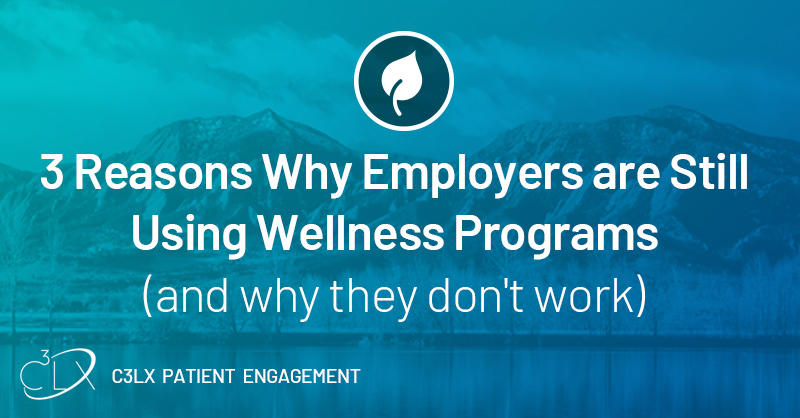
Effective connections between trusted care teams and employer populations lead to better population health, employee productivity, and reduced healthcare costs.
1. Access to actionable data
For physicians and care teams to effectively care for an employer's most valuable asset they need data about their patients. And not just the data they capture when a patient makes a face-to-face visit. Population health data - including health plan utilization, claims, spend, engagement and risk - must be made digestible and actionable for population healthcare teams, like direct primary care organizations. The key concept here is the data must be
actionable. Providers too often are given large data dumps, especially with regards to patient generated health data, that is not synthesized, aggregated or made useful for clinicians to quickly see what action they need to take. An example of a simplified patient detail dashboard is below:
2. Care team focus
Actionable data means there is a clear connection for care teams to know which patients are at risk so they can engage with those patients to help achieve better outcomes. Just knowing what action to take is important, but also being able to focus and prioritize which patients need outreach vs. an in office visit or just a word of encouragement helps care teams be efficient and meet the individual needs of their patients. So, data and underlying insights should help guide care teams to focus on at-risk patients. One way to provide this level of focus is through an Engagement Index Score.
3. Personalized Connection
Patient engagement must be taken outside of the walls of the clinic to support long-term behavior change. Wellness programs don’t change underlying long-term behavior, nor do standardized programs meet the unique needs for diverse groups of patients. Care teams need tools to effectively connect, interact and engage with these patients, while still being in tune with how patients want to interact with their healthcare providers. This is not a one-size fits all approach!
Learn more about how actionable data and personalized insights can improve outcomes for at-risk populations.









